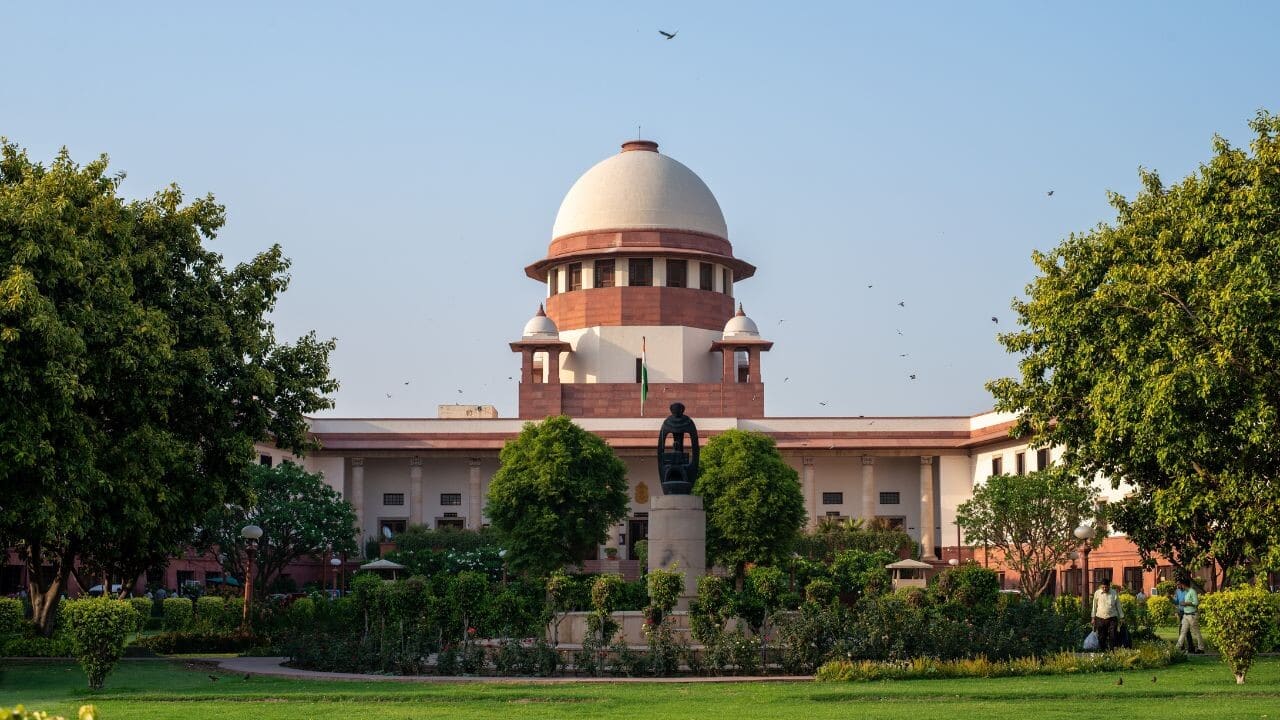
Supreme Court sets guidelines for disability representation in cinema
What's the story
On Monday, the Supreme Court of India issued comprehensive guidelines to reshape the portrayal of differently-abled individuals in cinema.
This decision was a response to a petition filed by disability rights activist Nipun Malhotra against Sony Pictures's Aankh Micholi, which allegedly contained deprecatory references to differently-abled persons.
The film has dialogues such as "atki hui cassettes" (stuck cassettes; to refer to speech-related issues) and "bhulakkad baap" (forgetful father; to reference memory problems).
The film was released in 2023.
Court's directive
The Court is against demeaning humor
The Court said, "We must distinguish disabling humor that demeans and disparages persons with disability from disability humor, which challenges conventional wisdom about disability. While disability humor attempts to better understand and explain disability, disabling humor denigrates it."
"This Court is cognizant of the impact of stereotypes on discrimination and the enjoyment of fundamental rights. We have framed safeguards against stereotyping under the anti-discrimination code and Article 15, which protects the right to dignity and equality."
Landmark ruling
Court advocates for sensitive and accurate disability portrayal
The court emphasized that such derogatory terms fostering a negative self-image among the disabled must be strictly avoided.
The bench, led by Chief Justice DY Chandrachud, stressed the importance of accurate and sensitive representation of persons with disabilities (PwDs) in visual media.
The court rejected a "one-size-fits-all" approach to disability portrayal, emphasizing the need for directors-producers to possess adequate medical knowledge about different impairments.
The ruling also reportedly highlighted the detrimental impact of stereotypes on discrimination and fundamental rights enjoyment.
Key directives
Guidelines for respectful and accurate disability representation
The court established several key guidelines for the portrayal of persons with disabilities in visual media.
These include, "avoid using words that lead to institutional discrimination and contribute to a negative self-image, such as 'crippled,' etc; avoid language that overlooks social barriers faced by individuals with disabilities; ensure visual media must reflect lived experiences of PwDs and should not be a uni-dimensional, ableist characterization."
Inclusive approach
Court emphasizes participation and expert consultation
The court also underscored the importance of considering the context, intention, and overall message of a film before judging its content.
It stressed that decision-making bodies must value participation and implement the 'Nothing about us without us' principle in constituting statutory committees.
The bench further directed that engaging with disability advocacy groups can provide invaluable insights for accurate and respectful portrayals.
The film certification body CBFC has been instructed to invite expert opinions before allowing screenings.
Training directive
Court advocates for sensitization programs for media creators
The Supreme Court emphasized the need for media creators to undergo training and sensitization programs.
This is to ensure they understand the impact of their work on the dignity and rights of PwDs.
The apex court emphasized that "the language of thought discourse ought to be inclusive rather than alienating" and that representation should regard the objective social contexts instead of marginalizing persons with disabilities.
Impactful judgment
Court's ruling aims to prevent stigmatization and discrimination
The court highlighted that "the language of thought discourse ought to be inclusive rather than alienating" and that representation should regard the objective social contexts instead of marginalizing persons with disabilities.
"They should neither be lampooned based on myths such as blind people bump into objects in their path, nor presented as 'super-cripples' with extraordinary abilities."
Moreover, the usage of words like "cripple" and "retard" must be avoided and disability must not be presented as a "medical tragedy."